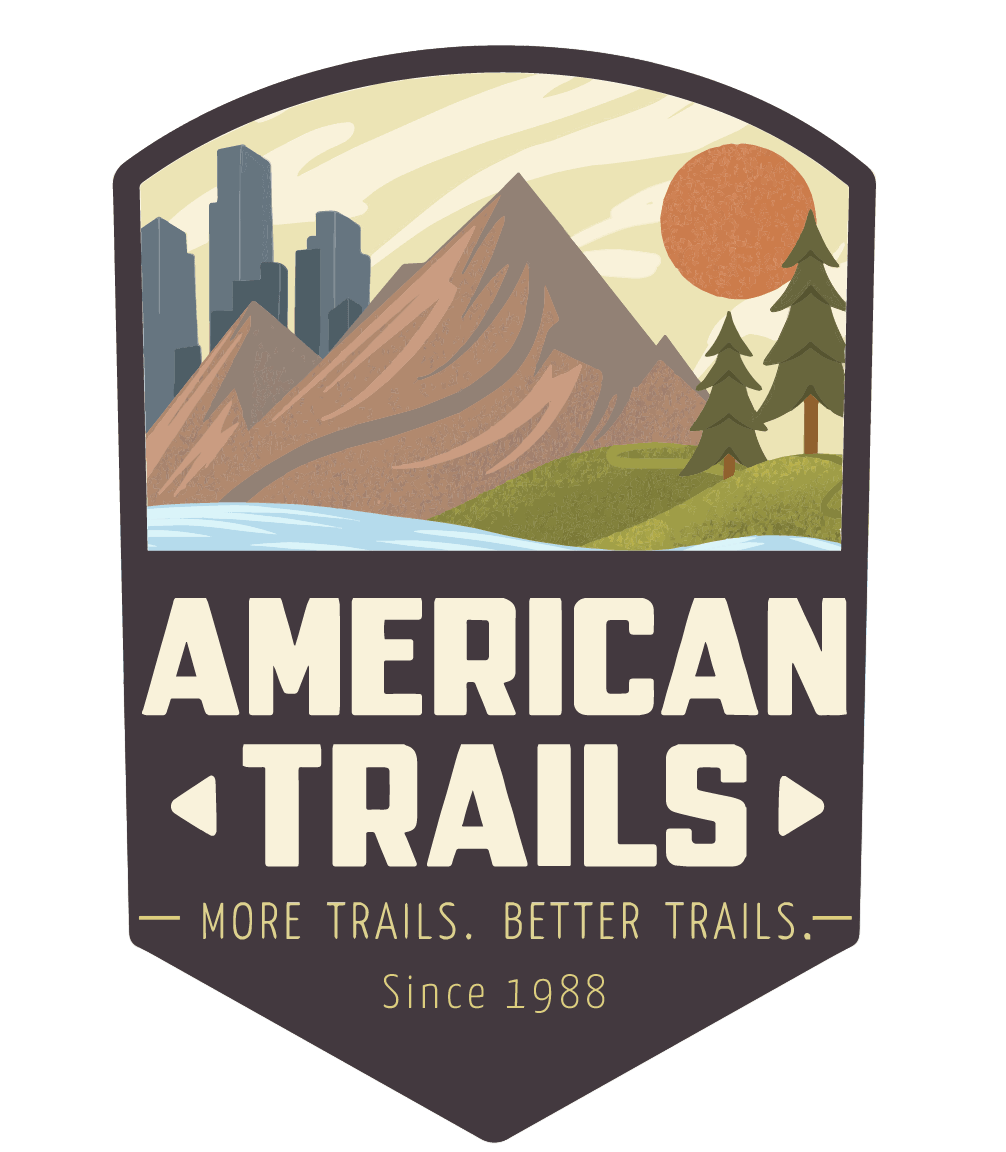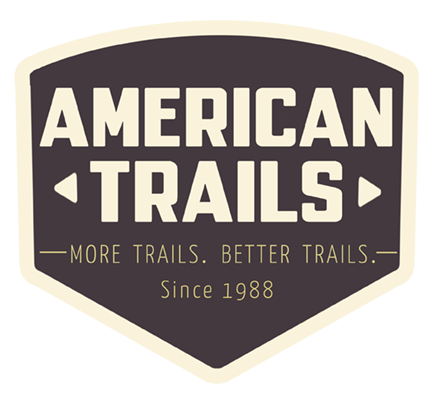




Webinar recordings are available for FREE and immediate download in our online store.
Deliver actionable insights on installation best practices that reduce long-term maintenance and boost user satisfaction. Trail uses include both pedestrian and vehicular pathways in rural and urban settings.
Help attendees evaluate site conditions and user needs to select the most appropriate material—reinforcing your team’s technical expertise and the value of well-engineered materials. Trail uses include both pedestrian and vehicular pathways in rural and urban settings.
This webinar goes beyond materials and layering to explore how design, construction, and real-time field decisions shape long-term durability.
Lay the groundwork by explaining the basics of aggregates, the range of material options available, and why material selection matters. Trail uses include both pedestrian and vehicular pathways in rural and urban settings.
This session will include a general introduction to various types of trail surfacing and will focus on design and construction factors specific to aggregate surfaced trails.
This session will provide applicable knowledge of soil including soil description, grain size distribution and its measurement, clay plasticity, and compaction curves and the importance of water.
This webinar aims to address these challenges by focusing on effective construction techniques, recommended products, and best management practices for trail planning, construction, and maintenance.
This webinar will discuss the various types of materials used for paved, multi-use trails in the District of Columbia and lessons learned.
This webinar will describe the three most common forms of trail impact, identify the most influential factors to develop and maintain sustainable trail networks, and discuss methods for rating trail sustainability.
In partnership with Equine Land Conservation Resource, this webinar addresses methods used in constructing equestrian trails for shared use while also including ADA interface in an urban environment.
This webinar will present some ideas on how you might pass along the skill to others. If you are just developing your skill set, you will get information to consider so you can make good decisions on the trail to maximize your effectiveness, it is appropriate for both agency personnel and volunteers.